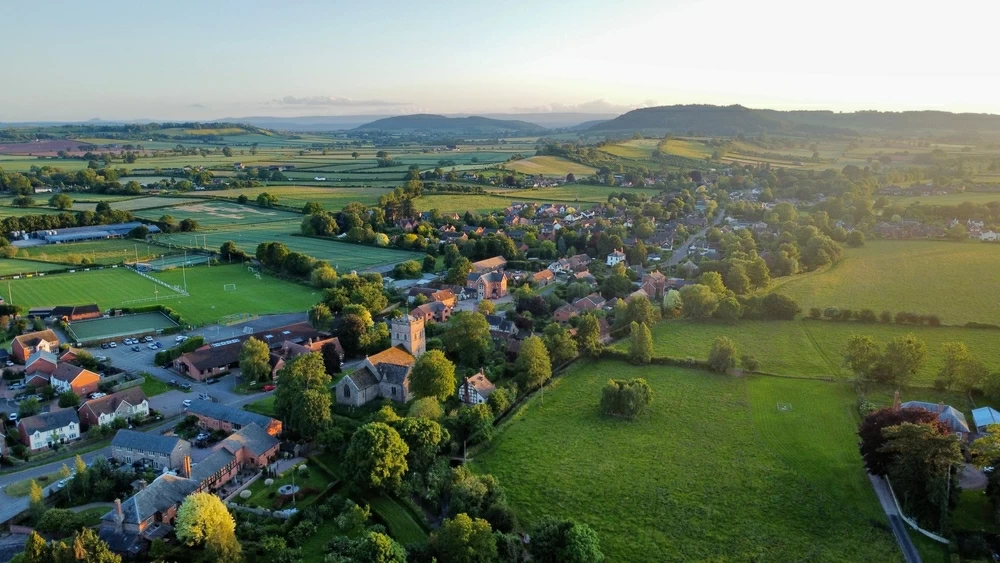Early Life and Education
Hammond grew up in a family with strong ties to the automotive industry; his grandfathers were both involved in car-related professions. He attended Ripon Grammar School and later studied at Harrogate College of Art and Technology from 1986 to 1988. Initially aspiring to be an artist, he shifted his focus to media and began working in local radio in the late 1980s
Career Beginnings
Hammond’s broadcasting career began at BBC Radio York, where he worked as a program assistant. He moved through various BBC radio stations, including Radio Leeds and Radio Newcastle, before transitioning to television. His first significant television role was on the cable channel Men & Motors, where he honed his presenting skills
Rise to Fame
In 2002, Hammond joined the revamped Top Gear, where he quickly became a fan favorite, earning the nickname “The Hamster” due to his small stature and engaging personality. His time on Top Gear included numerous memorable moments, contributing to the show’s immense popularity. Besides Top Gear, Hammond has hosted several other programs such as Brainiac: Science Abuse, Total Wipeout, and Planet Earth Live.
